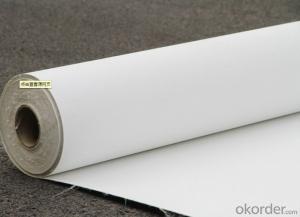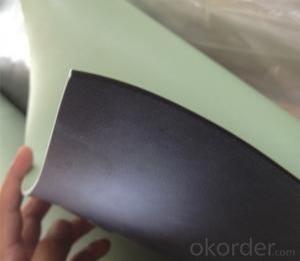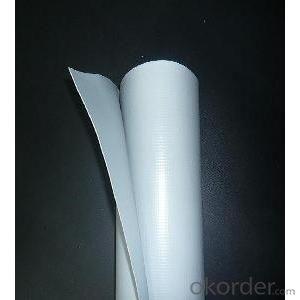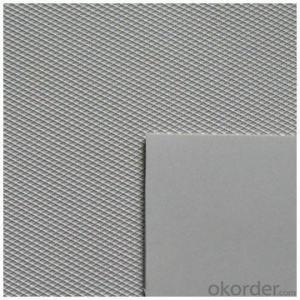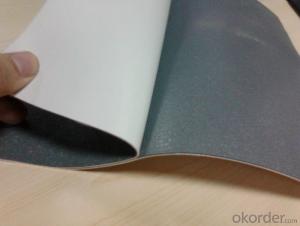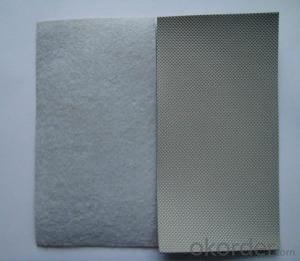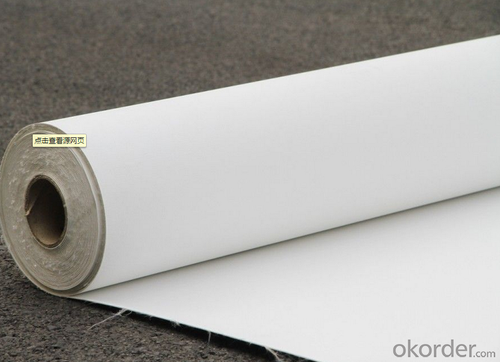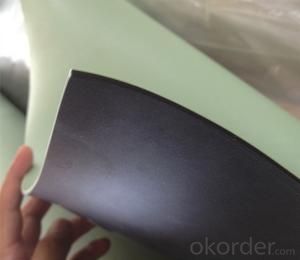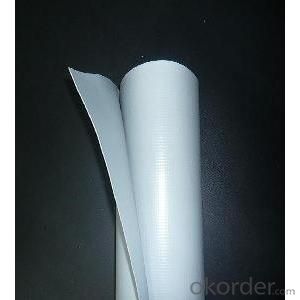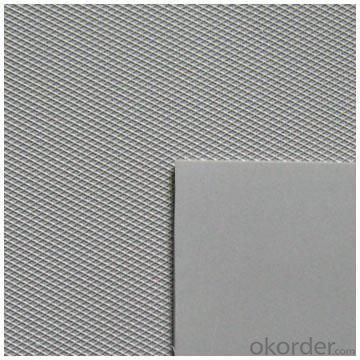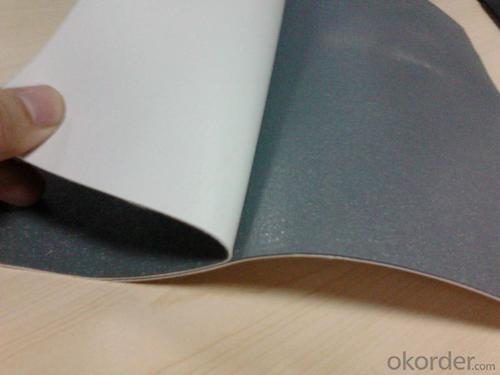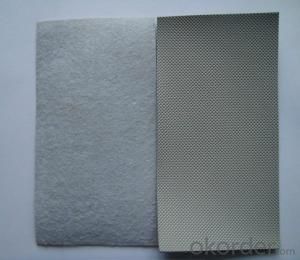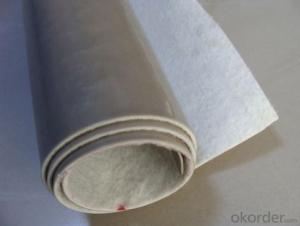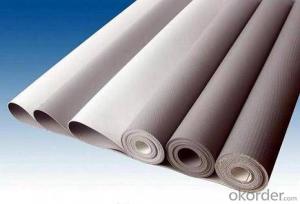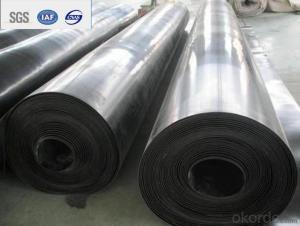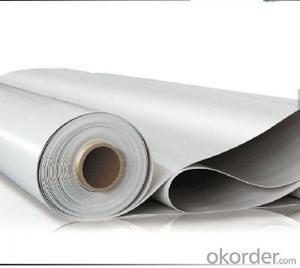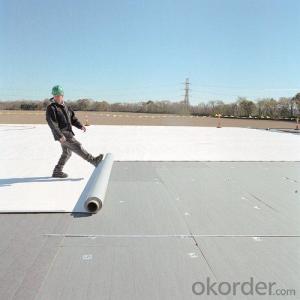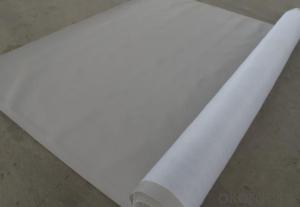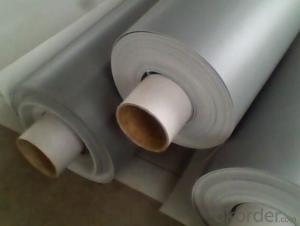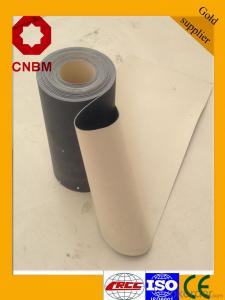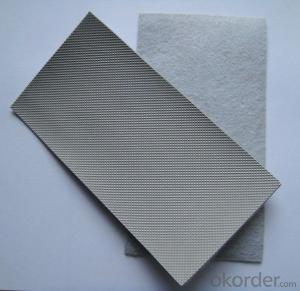PVC Waterproofing Membrane with Durable Quality
- Loading Port:
- Shanghai
- Payment Terms:
- TT OR LC
- Min Order Qty:
- 20000 m²
- Supply Capability:
- 5000000 m²/month
OKorder Service Pledge
OKorder Financial Service
You Might Also Like
PVC Waterproofing Membrane with Durable Quality
Product Description of PVC Waterproofing Membrane with Durable Quality:
PVC waterproofing membrane is an excellent high-quality polymer waterproof sheet, made of PVC resin by adding plasticizer, anti-UV agent, anti aging agent, and stabilizer and other processing aids through extrusion and molding. As the highly recommended product by the Ministry of Construction, it is featured by high tensile strength, great elongation, good stability, small shrinkage, low-temperature performances, good resistance to weathering and root
penetration, and long service life.
Features of PVC Waterproofing Membrane with Durable Quality:
1.Long service life and weathering resistance; and the materials can be used for 30 years on the roof and 50 years underground.
2. High tensile strength, great elongation, and small size change during heat treatment.
3. Good low temperature flexibility and adaptability to environmental temperature changes.
4. Good resistance to root penetration. It can be made for green roofs.
5. Excellent resistance to puncture and impact.
6. Convenient for construction (can be welded), solid and reliable, and Eco-friendly.
7. Strong resistance to chemical corrosion, suitable for special occasions.
8. Good plasticity, convenient and quick corner detail treatment. Easy maintenance and low cost.
9.After 2,000 hours of manual weathering verification
Classification of PVC Waterproofing Membrane with Durable Quality:
1. N: Homogeneous PVC membrane
2. L: PVC membrane with fabric backing
3. W: Reinforced PVC membrane
Advantage of PVC Waterproofing Membrane with Durable Quality:
1.) Mixing automation. Apply automatic temperature control automatic time control and automatic feed control.
2.) Extrusion equipment uses twin screw coextrusion. Screw temperature uses computer automatic temperature control system.
3.) Handpiece uses large width didhead extrusion equipment.
4.) Sophisticated three-roller calender equipment. The space between equiment is controlled by automation system.
Technical Data of PVC Waterproofing Membrane with Durable Quality:
No. | Item | Model Ⅱ | |
1 | Tensile Strength Mpa ≥ | 12.0 | |
2 | Elongation at break% ≥ | 250 | |
3 | Shrinkage rate % ≤ | 2.0 | |
4 | Flexibility at low temperature | No crackle at -25oC | |
5 | Water tightness | Watertight | |
6 | Puncture resistance | Watertight | |
7 | Heat aging treatment | Appearance | Free from bubble, crack, cohesion and void |
Change rate of tensile strength % | +20oC | ||
Change rate of elongation at break | |||
Flexibility at low temperature | No crack at -20oC | ||
8 | Chemical corrosion resistance | Change rate of tensile strength % | +20 |
Change rate of elongation at break | |||
Flexibility at low temperature | No crack at -20oC | ||
9 | Artificial weathering | Change rate of tensile strength % | +20 |
Change rate of elongation at break | |||
Flexibility at low temperature | No crack at -20oC | ||
Application of PVC Waterproofing Membrane with Durable Quality:
1) All kinds of roofs, such as steel structure roof, planted roof etc.
2) Underground engineering, such as building basement, subways, tunnels, air raid shelter, etc.
3) Other projects like artificial lake, dam, water reservoir, grain storehouse, etc.
Images of PVC Waterproofing Membrane with Durable Quality:
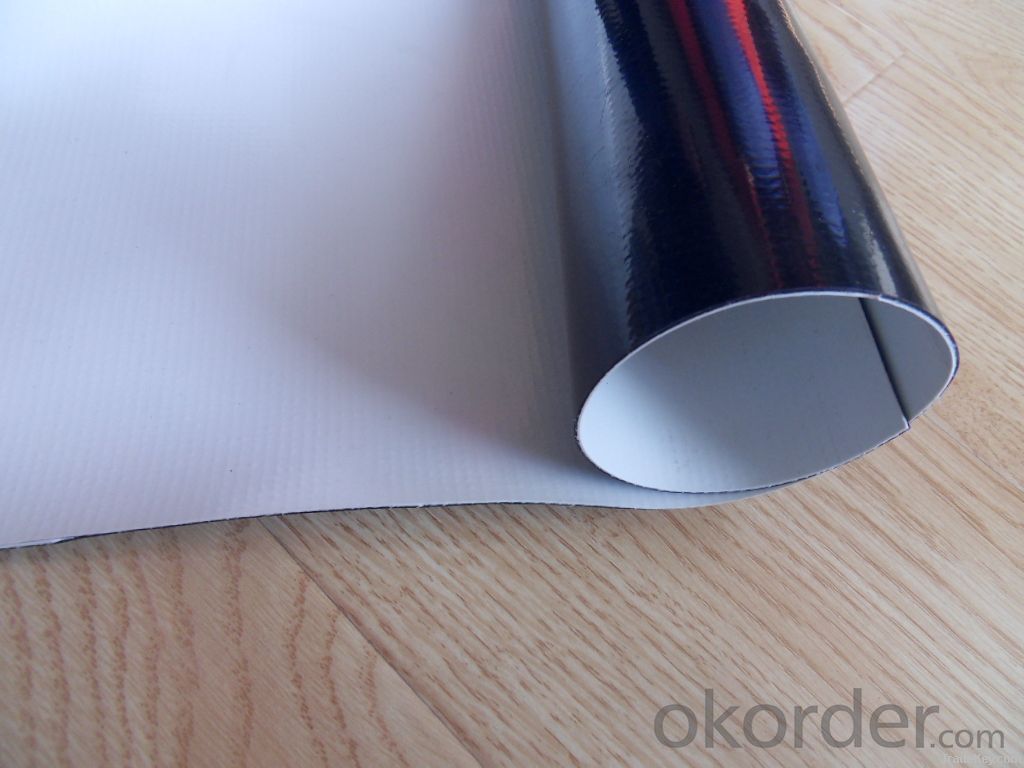
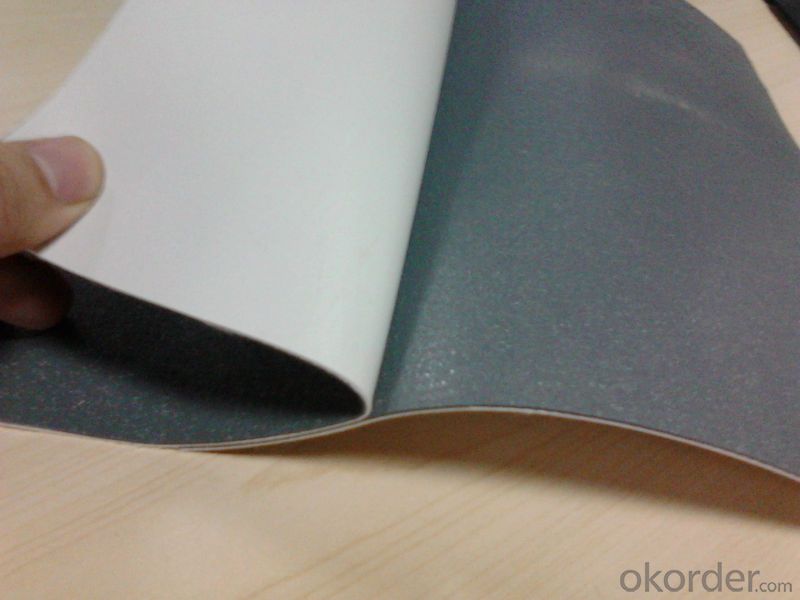
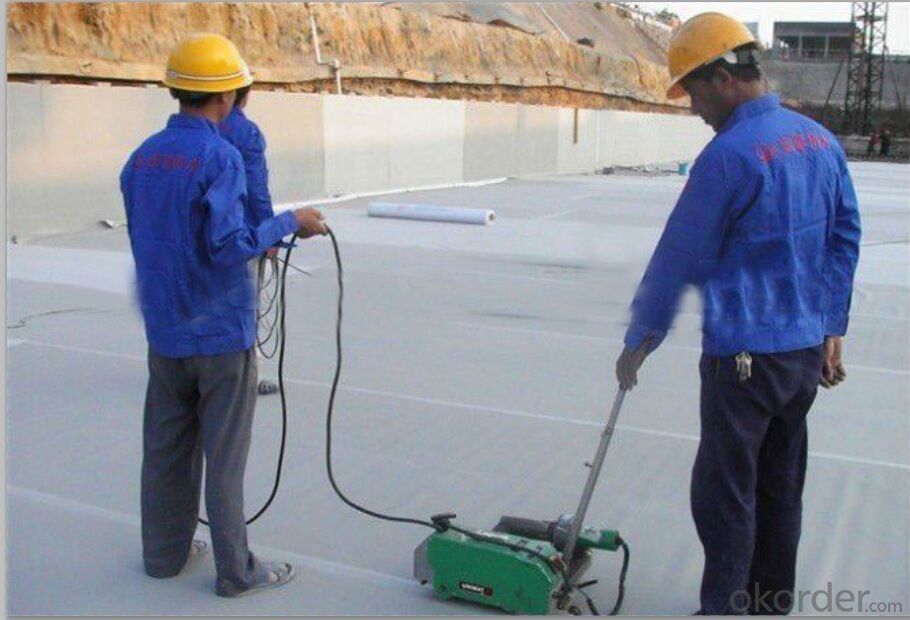
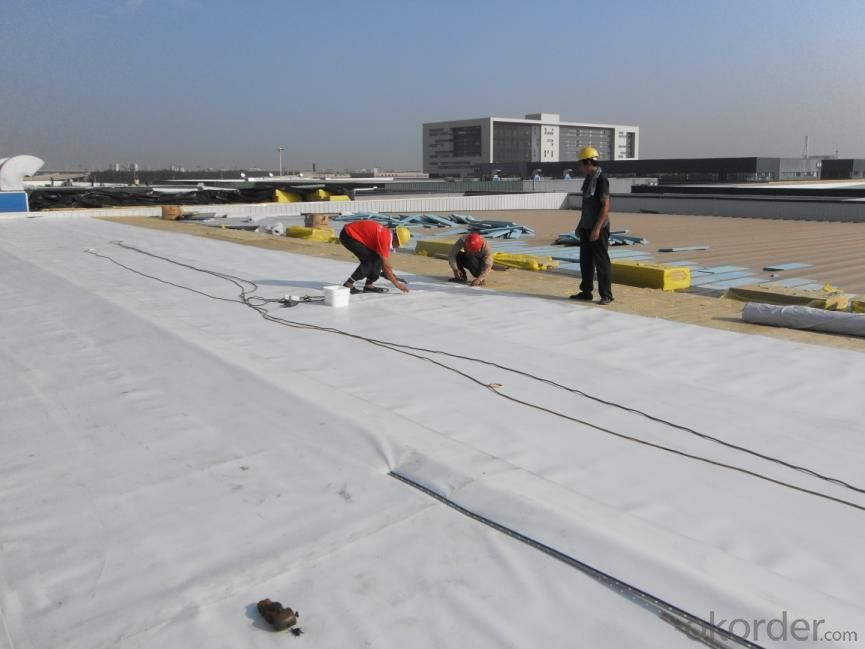
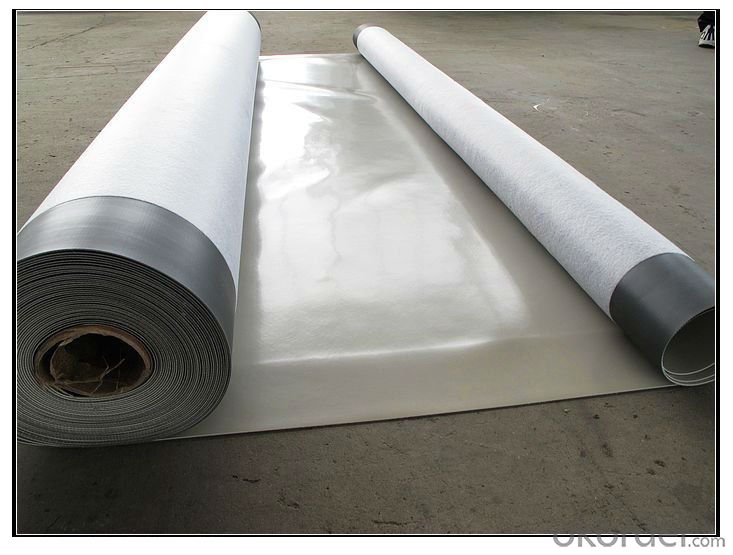
FAQ of PVC Waterproofing Membrane with Durable Quality:
1. Can you produce 4m width?
Yes, no problem for us. We have four bases in China, largest one in this field.
2. How many quantity in one 20'' container for 1.2mm and 1.5mm?
480rolls, 11520m2 for 1.2mm and 400rolls, 9600m2 for 1.5mm
3. Can you provide free samples?
Yes, our samples are free, but express fees usually on buyer's account.
- Q: Is a waterproofing membrane resistant to hydrocarbons or oils?
- Yes, a waterproofing membrane is generally resistant to hydrocarbons or oils. The materials used in waterproofing membranes, such as bitumen or synthetic polymers, are typically designed to have high resistance to various chemicals, including hydrocarbons and oils. This resistance helps to ensure that the membrane remains effective in preventing water penetration even in the presence of these substances. However, it is important to note that the specific resistance level may vary depending on the type and quality of the waterproofing membrane. It is always recommended to consult the manufacturer or supplier to determine the exact resistance capabilities of a specific waterproofing membrane.
- Q: What is the purpose of a waterproofing membrane?
- A waterproofing membrane serves the purpose of safeguarding buildings and structures against water infiltration and harm. Its design aims to establish a barrier that averts water from entering interior spaces or causing structural decay. Waterproofing membranes are commonly employed in areas like basements, roofs, walls, and foundations, where water intrusion is a prevalent concern. By sealing surfaces effectively and inhibiting moisture penetration, a waterproofing membrane aids in preserving the structure's integrity and lifespan. Additionally, it helps in preventing the growth of mold and mildew, both of which can be detrimental to the building and its occupants. In summary, the objective of a waterproofing membrane is to guarantee the durability, safety, and longevity of a structure by providing efficient protection against water damage.
- Q: Can a waterproofing membrane be used in permanent or long-term structures?
- Yes, a waterproofing membrane can be used in permanent or long-term structures. Waterproofing membranes are designed to provide durable and long-lasting protection against water intrusion. They are commonly used in various construction applications such as basements, roofs, foundations, and underground structures to prevent water damage and leakage. These membranes are engineered to withstand the test of time and can effectively extend the lifespan of a structure by ensuring its integrity and preventing moisture-related issues.
- Q: How does a waterproofing membrane handle settlement or movement of the substrate?
- A waterproofing membrane is designed to accommodate settlement or movement of the substrate by possessing flexibility and elasticity. It can stretch or contract to a certain extent without losing its integrity or allowing water penetration. This ability allows the membrane to adapt to any changes in the substrate, ensuring long-term waterproofing performance.
- Q: Can a waterproofing membrane be used in kitchens?
- Yes, a waterproofing membrane can be used in kitchens. In fact, it is highly recommended to use waterproofing membranes in areas prone to moisture and water exposure, such as kitchens. These membranes are designed to create a barrier against water and prevent it from seeping into the underlying structure, protecting it from damage. They are commonly used on floors, walls, and even countertops to ensure a watertight seal and prevent water damage, mold growth, and other issues. Additionally, waterproofing membranes can also help with soundproofing and provide added durability and longevity to the kitchen surfaces.
- Q: Is a waterproofing membrane resistant to UV rays?
- Yes, a waterproofing membrane can be resistant to UV rays. Many waterproofing membranes are designed and manufactured with additives that provide protection against UV rays. These additives help to prevent the membrane from degrading and losing its waterproofing properties when exposed to sunlight. UV resistance is an important feature in waterproofing membranes, especially for applications where the membrane will be exposed to direct sunlight for extended periods of time, such as on rooftops or outdoor structures. However, it is important to note that the level of UV resistance can vary depending on the specific type and brand of waterproofing membrane. Therefore, it is always recommended to check the product specifications and consult with the manufacturer to ensure that the chosen membrane offers the desired level of UV resistance for the intended application.
- Q: Does a waterproofing membrane require any curing time?
- Yes, a waterproofing membrane typically requires a curing time. The curing time is necessary for the membrane to fully bond and form a strong, impermeable barrier. The specific curing time can vary depending on the type of membrane and the manufacturer's instructions. During the curing process, the membrane may need to be protected from foot traffic, water exposure, or other potential damage. It is important to follow the recommended curing time to ensure the membrane's effectiveness and longevity.
- Q: Are waterproofing membranes suitable for indoor applications?
- Indeed, indoor applications are well-suited for waterproofing membranes. Specifically engineered to obstruct water infiltration and moisture accumulation, these membranes provide an excellent remedy for spaces vulnerable to water-induced harm, like basements, bathrooms, and kitchens. By establishing a barrier, they effectively shield the structure from water-related problems such as mold, decay, and structural deterioration, ensuring that water does not permeate floors, walls, or other surfaces. Moreover, in addition to their protective qualities, waterproofing membranes aid in regulating humidity levels, resulting in a more pleasant and healthful indoor atmosphere.
- Q: Can a waterproofing membrane be used for elevator pits or sump pits?
- Yes, a waterproofing membrane can be used for elevator pits or sump pits. These membranes are designed to prevent water infiltration and provide a protective barrier against moisture. Therefore, they can effectively safeguard elevator pits or sump pits from potential water damage or seepage.
- Q: Are there any environmental considerations when using a waterproofing membrane?
- Yes, there are several environmental considerations when using a waterproofing membrane. Firstly, the production and disposal of these membranes can have a negative impact on the environment due to the energy and resources required. Additionally, the chemicals used in some waterproofing membranes can be harmful to the environment and may leach into the soil or water systems. It is important to choose eco-friendly and sustainable options, such as those made from recycled materials or natural alternatives, to minimize the environmental impact. Regular maintenance and proper disposal of the membrane at the end of its life cycle are also crucial to ensure minimal harm to the environment.
Send your message to us
PVC Waterproofing Membrane with Durable Quality
- Loading Port:
- Shanghai
- Payment Terms:
- TT OR LC
- Min Order Qty:
- 20000 m²
- Supply Capability:
- 5000000 m²/month
OKorder Service Pledge
OKorder Financial Service
Similar products
Hot products
Hot Searches
Related keywords
